Whiteboard Journal (2013): Journeys Through The Viewfinder
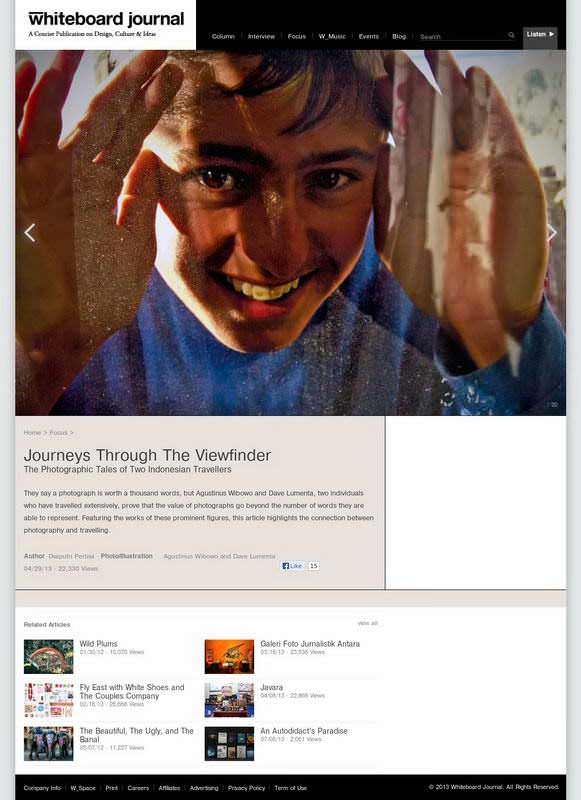
We are perhaps all too familiar with the phrase, “seeing is believing.” It is the perfect line to start a philosophical discussion, but it is just as popular among advertising agencies – haven’t we become acquainted with several variations of the concept? Most of us must see to confirm the realness of an object, even though there are times when our minds play vicious tricks on us. After all, who hasn’t heard stories of people claiming to see large bodies of water in the middle of a desert?
Tom Chatfield wrote in his essay on the increasingly intensified connection between humans and gadgets, that our greatest fear is that “the world around us is a lie.” We are convinced that everything we have ever experienced is real because we have seen, heard, smelled, touched or tasted it for ourselves, but in the end, we carry on with a sense of lingering uncertainty. Maybe it is out of that unresolved suspicion towards “reality” that triggered the desire to create audio recorders and cameras – machines that we use to capture Life’s many wondrous moments.
For thousands of years, us humans have tried to feed our curiosities about faraway lands and the people living in them by travelling. Having learned the ways of other societies, early travellers would return home with amazing stories. Their words, along with souvenirs, were the only pieces of evidence that past travellers had indeed ventured out into the Unknown. It was their way of making their own stories believable not only to their peers, but also to themselves.
Since the invention of the camera, travellers have obtained a new tool with which they can confirm their experiences. Photographs – despite their vulnerability to creative manipulation – have served as an effective portal to distant places, though it is also often that case that they bring us even closer to home. Visual documents offer what written accounts cannot always do so well. Without even intending to understand the stories they represent, we automatically become immediately engaged with them. All it takes a glance. Unless we walk around blindfolded, we cannot avoid to be grazed by a room full of images.
Travel writer, Agustinus Wibowo, and The University of Indonesia’s professor of Anthropology, Dave Lumenta, are two Indonesians who have shared their journeys through the medium of photography. With the help of their cameras, they have shown aspects of other cultures that remind everyone back home that though different societies have their own customs and philosophies, deep down, we are all the same. The universality of the human touch, which is the foundation of Agustinus’s impressive body of work, is something that deserves to be seen by as many people as possible. And because images have the advantage of communicating with a more diverse audience compared to words – which remain exclusive even with the growth of so-called “world languages” such as English and Chinese – they have the power to spread big and profound messages.
It would be wrong, however, to say that photographs are completely reliable. Everyone has different perspectives. It is not even rare for a person to have multiple ways of seeing the world. While these perspectives might seem unshakable, they are influenced by the fluctuations of our psychological, emotional, and biological conditions. The sensible thing viewers can do when looking at travel photographs, or photographs in general, is to understand that what they are looking at is just one out of an endless number if unique angles of the world. In this case, the main concern is not of how much each image can tell about a certain place or group of people, but how it is packaged by a certain individual. We can only appreciate such images, and create our own when we get the chance.
While going through his collection of pictures, Dave realized that many of them were clearly influenced by the psychological state at the time he was travelling. His trip to Siberia produced more pictures of landscapes compared to his usual preference for portraits and details. Agustinus, on the other hand, did not feel comfortable taking photos of people when he first started his travels until he discovered the depth of the human gaze. Since then, he has been on the road to find the warmth of people in many parts of the world, particularly in the less exposed countries of Central Asia. Thanks to his pictures, we now have a glimpse into what life is like in that part of the globe.
Even with the constraints of the viewfinder, and how it pushes photographers to include one thing while leaving out another, Agustinus and Dave have succeeded in telling their stories because they believe that by examining the small things, they will eventually uncover something much larger. Depending on the purpose, a photo can either solely focuses on a subject or it can focus on a subject and the context. The ideal photograph, according to Agustinus, is one that can draw attention to both the main subject and its surroundings. Nonetheless, regardless of their content, photographs are essentially the “small things” that lead us to the complete picture, the finished story.
More then their passion for adventure and photography, what these two travellers truly have in common is their understanding of time. Photography is an art that is heavily dependent on time. To take a good picture, one must always be aware of what Henri Cartier-Bresson called “The Decisive Moment.” But when one is on a journey, time is more than just a technical term. The most precious proof of their travels is the collection of images that show how time has helped travellers like Agustinus Wibowo and Dave Lumenta who began their journeys as individuals who wanted to learn more about the world transform into people who opened, and continue to open, the minds and souls of many, many people.
Photography by: Agustinus Wibowo (1-10) & Dave Lumenta (11-20)


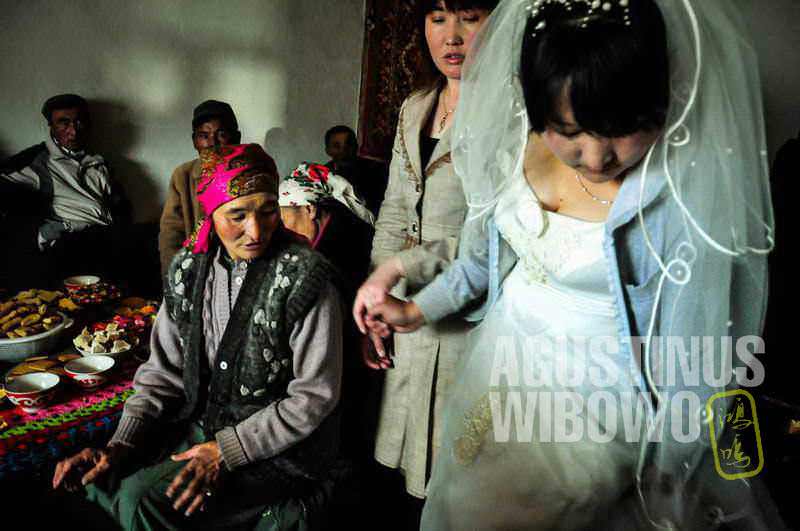

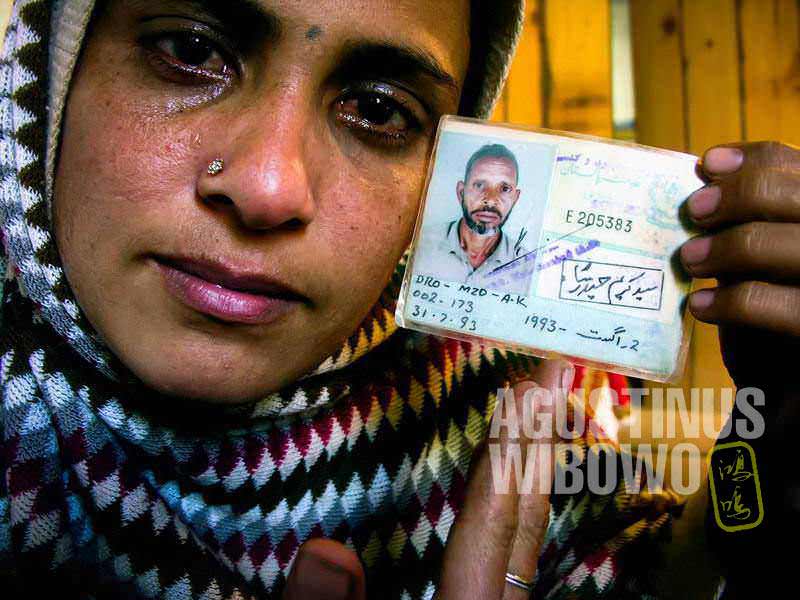
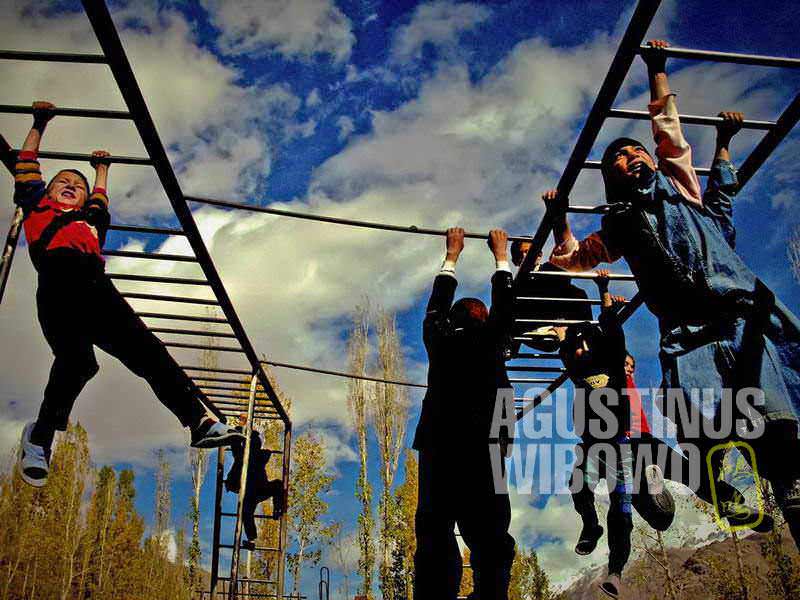

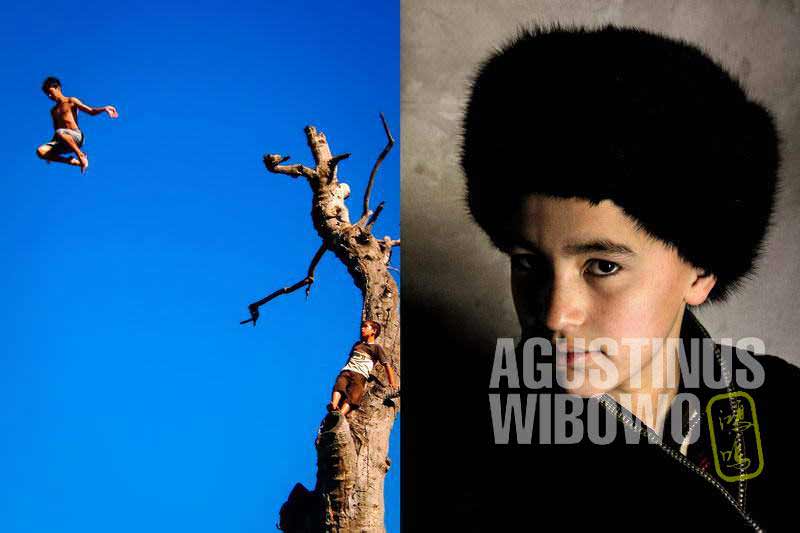
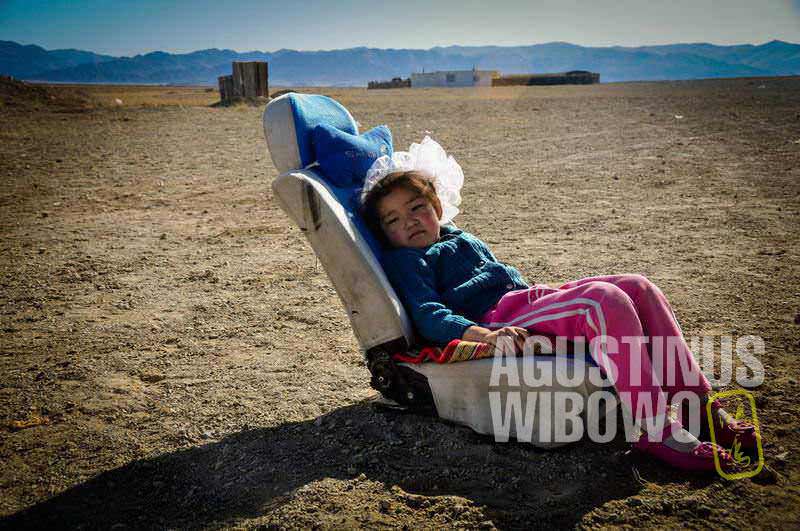







Leave a comment